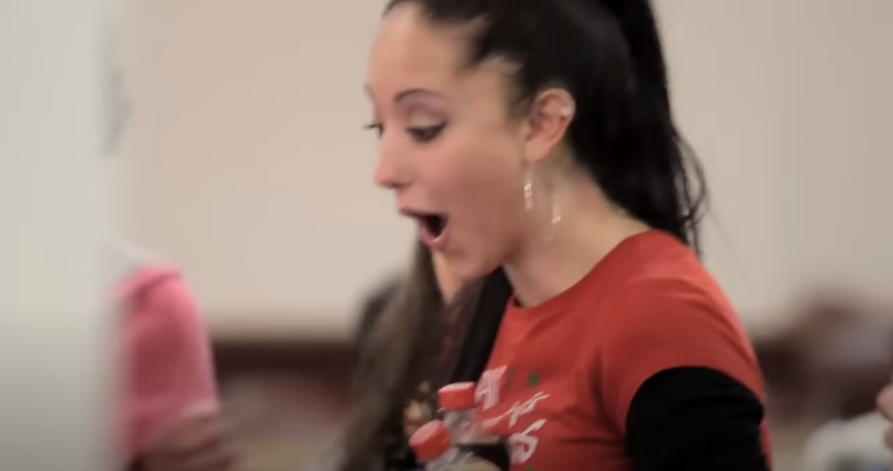What Makes A Video Go Viral?


I was quoted in this story about the social media Shorty Awards. Specifically, I discussed the reasons why some content goes viral, using Coca Cola's Happiness Machine video as an example.
Coke's Happiness Machine video has more than 6 million views on YouTube. Coca-Cola has more than 200 thousand subscribers on the its channel, but the critical mass of followers is only a part of the reason it went viral, said digital marketing expert David Erickson.
"The reason people shared it was because it was delightful," Erickson said. "What makes it delightful and worth sharing is the expressions of the people interacting with the Happiness Machine."
"Having a critical mass of followers on social channels certainly helps content go viral but it's not necessarily required," Erickson said. "If the content isn't compelling, no amount of followers will make it go viral."
These are some essential elements that help a video go viral:
Existing critical mass: It helps enormously to have distribution channels that boast large and active audiences. In addition to a highly-subscribed YouTube channel, this would also include social channels with large followings and email subscribers, all of whom are conditioned to expect to get videos from those channels.
Take advantage of the zeitgeist: Ideally, the video in question taps into something people are already paying attention to or aware of. This could be a video that riffs off current headline news stories or one that exploits a well-known meme or format.
Advertising budget: It certainly helps to get a viral video started to promote it with some advertising budget to targeted audiences that could include those who are most likely to respond favorably to the video and who are influencers among the targeted audience.
Quality: Of course, none of this will work if the video itself is not compelling in some shape or form. If it's trying to be funny but is not; it will fail. If it's contrived, it will fail.
5 Viral Video Examples
1. Coca Cola's Happiness Machine
2. Where The Hell's Matt?
Matt Harding liked travelling and dancing but when he combined the two, he struck viral gold. He started recording himself dancing wherever he traveled. The Where The Hell Is Matt? video he originally uploaded in 2006 was a way to keep his friends up-to-date on where he had been.
The idea of dancing around the world was so compelling, though, that the video took off to the tune of 3 million views. What makes Matt's videos so compelling is the sheer joy they capture while he and the "natives" dance within the context of international landmarks.
3. Dear Kitten
BuzzFeed partnered with Friskies for a series of branded videos…about cats. Ze Frank narrates this Dear Kitten video, which is told from the point of view of the wise, elder cat imparting nuggets of advice to the new addition to the household, a kitten. The humor inherent in the anthropomorphizing of feline relationships is makes this a compelling video worth sharing.
4. Will It Blend?
Blendtech makes industrial-strength blenders; the kind restaurants use. In order to demonstrate just how rugged their equipment is, they hit upon the idea of blending things you would never think of blending. Namely, consumer electronics. By hitching their ride to the release of popular consumer devices like the iPad, they take advantage of existing awareness of a brand to insert themselves into the popular discussion. And watching something being destroyed is strangely compelling.
5. Felix Baumgartner's Stratospheric Jump
October 14, 2012, Felix Baumgartner ascended more than 24 miles above the world's surface to the edge of space in a stratospheric balloon and jumped to Earth. The stunt was sponsored by Red Bull and captured by GoPro. Capturing such extreme experiences will definitely help a video go viral.